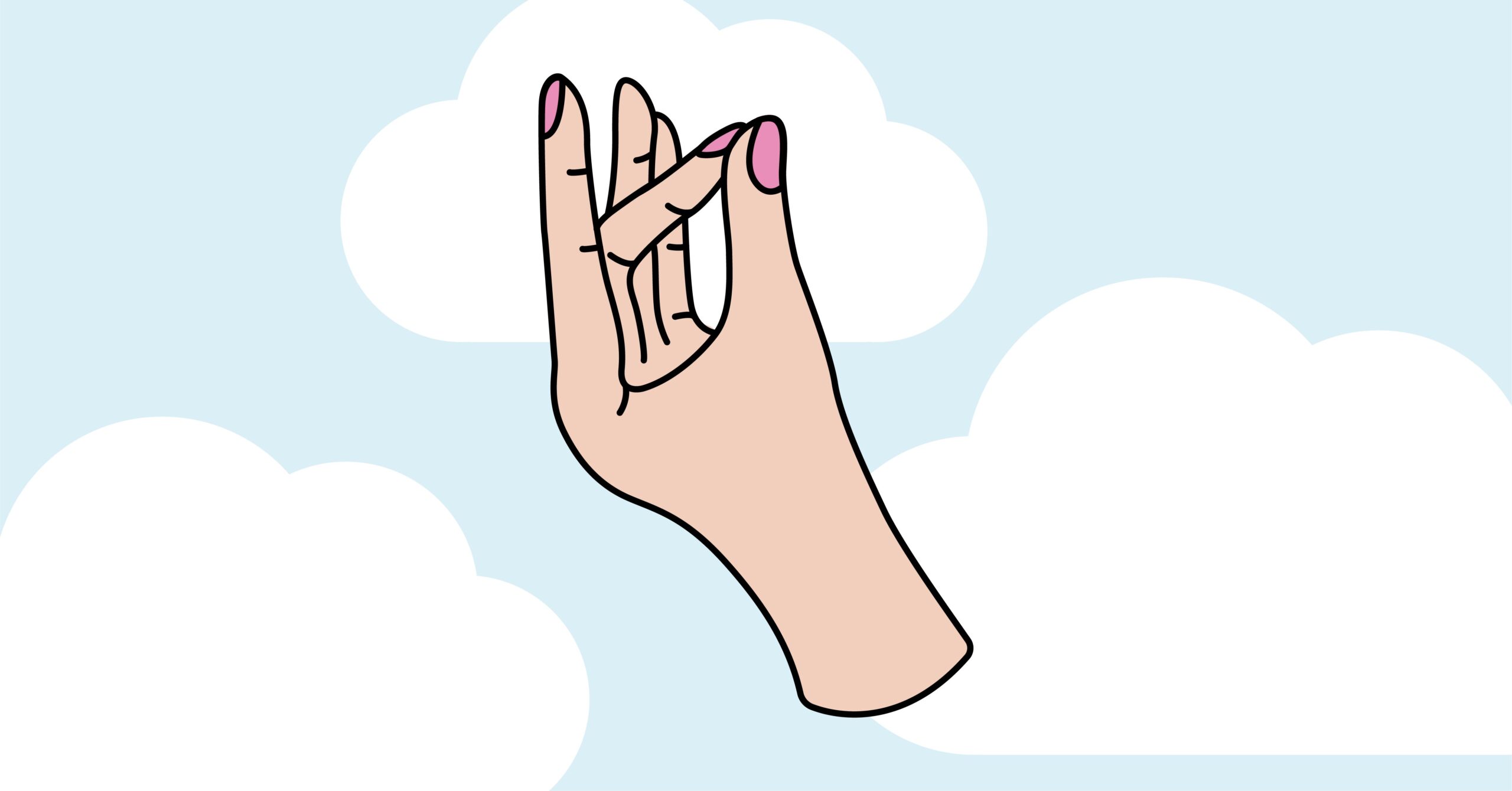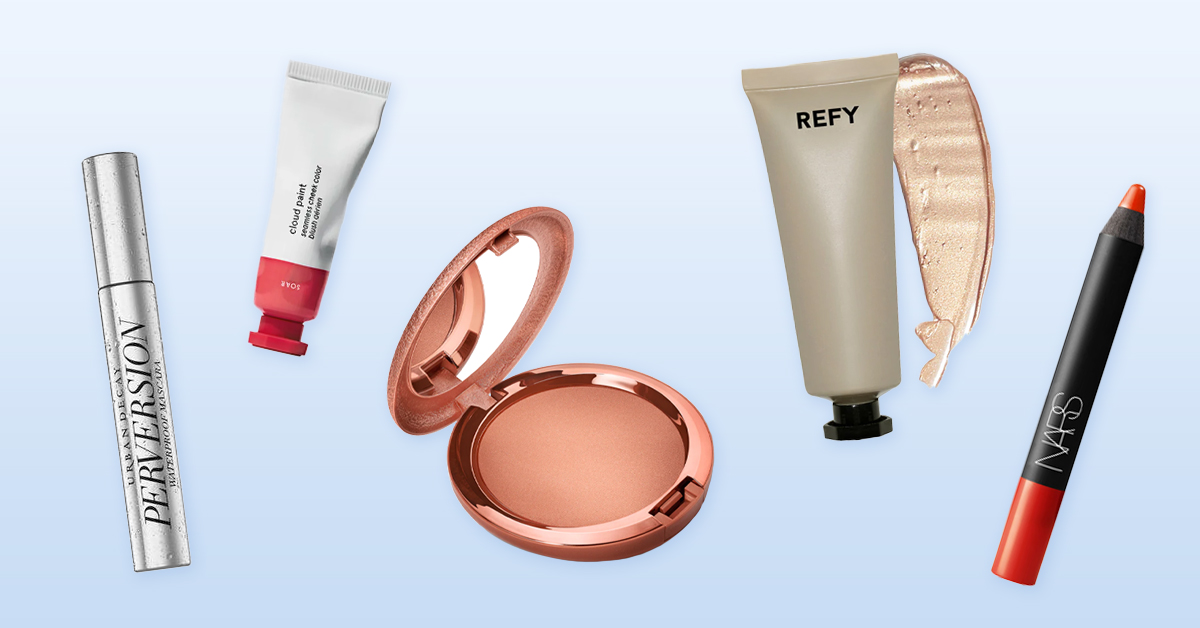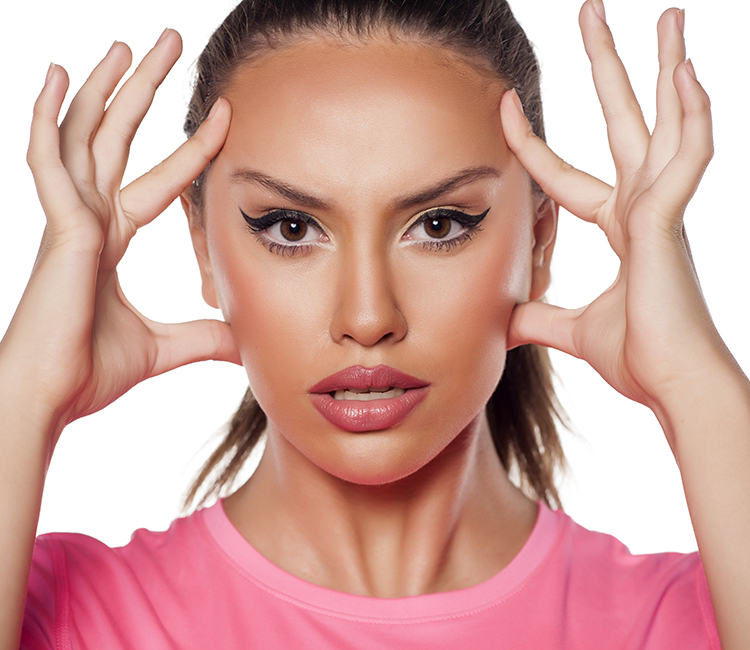How people took care of their skin in centuries past
Ever wonder how those in ancient times or the Renaissance used to make themselves beautiful?
Well, let’s just say they didn’t have the skincare wonders we have now — skin treatments like Botox and countless facial creams and serums.
Curious to learn more about the history of skincare? Then travel back through time with us as we discuss how those in ancient cultures up to modern day cared for their skin.
What did people do for skincare centuries ago?
Ancient Egypt
Did you know that the first archaeological evidence of cosmetics is from Ancient Egypt roughly 6,000 years ago? But cosmetics weren’t just for aesthetics — they also protected the Ancient Egyptians from the elements, like the sun and insects. Makeup was also used to honor gods and goddesses. In terms of skincare, the Ancient Egyptians used castor, sesame, and moringa oils to fight wrinkles and preserve their youth. Ancient Egyptians also made a soap paste out of clay and olive oil to cleanse their skin. What is more, Egyptian women incorporated honey and milk masks into their beauty regimes to moisturize their skin, and they also took milk baths and used dead sea salts to exfoliate, rejuvenate, and heal their skin.
Ancient Greece
In Ancient Greece, precious oils, perfumes, cosmetic powders, eye shadows, skin glosses, paints, beauty unguents, and hair dyes were in universal use. Ancient Greeks made their own skincare products using local, natural ingredients. One of the most widely used skin care treatments was mixing fresh berries with milk and then applying the paste to the facial area. The Ancient Greeks also used olives and olive oil as exfoliants and moisturizers. Lastly, honey, along with milk and yogurt, were used as anti-aging preparations.
Medieval Europe
During the 12th century, cosmetics were regularly used in medieval Europe. Ointments consisted of animal fats. Smooth, white skin was highly regarded, and many used herbal remedies to promote fair skin and diminish pimples. Aloe vera, rosemary, and cucumbers were used to cleanse the skin. Seeds, leaves, and flowers were also mixed with honey to create face masks, and vinegar was used as an astringent.
The Renaissance
Women in the Renaissance period used silver, mercury, lead, and chalk to color their faces. Most skincare practices were the same as in the medieval period, relying on herbs and honey to cleanse and rejuvenate the skin. Other skincare remedies included broom stalks to cleanse the skin and oatmeal boiled in vinegar to treat pimples. Bread soaked in rose water was also used to soothe puffy eyes.
The Baroque Era
During the Baroque Era, saunas and sweat cleansing became popular. Milk baths were also used for smoother, clearer skin. Makeup during this time was intended to look like paint, and heavy makeup was considered more respectable. Rouge was very popular, and in the 1780s, French women used two million pots of rouge per year. Women’s lips were reddened with distilled alcohol or vinegar.
The 1800s
Exercise, cleanliness, and skincare were all held in high regard during the 1800s. Zinc oxide was used to lighten skin but often caused allergic reactions. Hygiene products became less expensive and more accessible. Harsh cleansers were often used, as were egg yolks, honey, and oatmeal to often the skin and help diminish blemishes. Lemon juice was also used to bleach the skin a few shades lighter naturally. During this time, too, Chapstick, Vaseline, and baby powder were invented, all of which were used in skincare regimes.
The 1900s
The 1900s was an explosion in terms of accessible skincare. Carmex was invented in 1937, and sunscreen in 1944. In 1946, Estee Lauder launched their cosmetics line in NYC, and then in the 1950s, Clearasil, Ponds, Oil of Olay, and Clinique were also launched. The 1980s saw a rise in all-natural skincare products. Dr. Howard Murad’s line was established in 1989, and Burt’s Bees in the 1980s as well. In 2002, the FDA approved Botox for frown lines on the face. In 2007, The Zeno, a hand-held, battery-operated device, transfers heat onto a blemish, killing the bacteria and making them disappear after only a few treatments.
Today, we’re able to reach peak skin fitness through advanced product innovation and state-of-the-art technology. From a dermatologist-created skincare line to cosmetic treatments, LaserAway, the nation’s leading aesthetic dermatological provider, is your modern one-stop shop for smooth, glowing, and youthful skin.
















